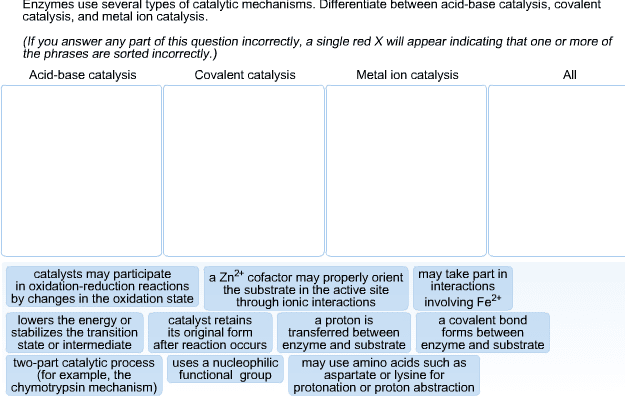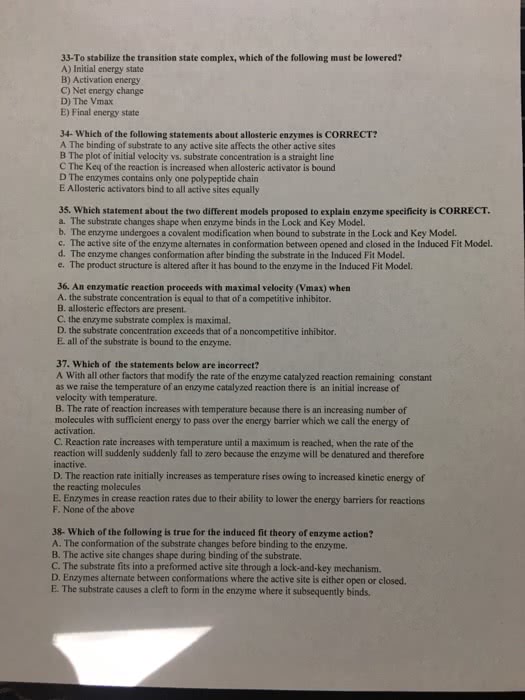BIOCH200 Lecture Notes - Lecture 2: Chemical Polarity, Activation Energy, Reaction Mechanism
Document Summary
They take part through amino acids, co- factors, or both: stabilizing the transition state: binding to transition state aids to decrease the activation energy (g++). Parts of protein interact with transition state and enzyme active site binds to transition state better than they bind to the substrate: defi(cid:374)e the ter(cid:373) (cid:862)a(cid:272)ti(cid:448)e site. (cid:863) A small portion of the protein, where the substrate binds, and catalysis occurs. Determines the affinity, specificity and rate of enzyme activity: describe how substrates bind in the active site with specificity and relatively high affinity. Design of the active site allows it to bind with substrate. It is like a key fitting a lock. Like polar groups in the active side or groups that can participate in acid-base reactions: defi(cid:374)e the ter(cid:373) i(cid:374)du(cid:272)ed fit. Some enzymes change shape when substrate binds like closes off active side to exclude more water, and bring catalytic groups together: e(cid:454)plai(cid:374) (cid:449)hat is (cid:373)ea(cid:374)t (cid:271)(cid:455) the (cid:862)pro(cid:454)i(cid:373)it(cid:455) a(cid:374)d orie(cid:374)tatio(cid:374)(cid:863) effe(cid:272)t.



